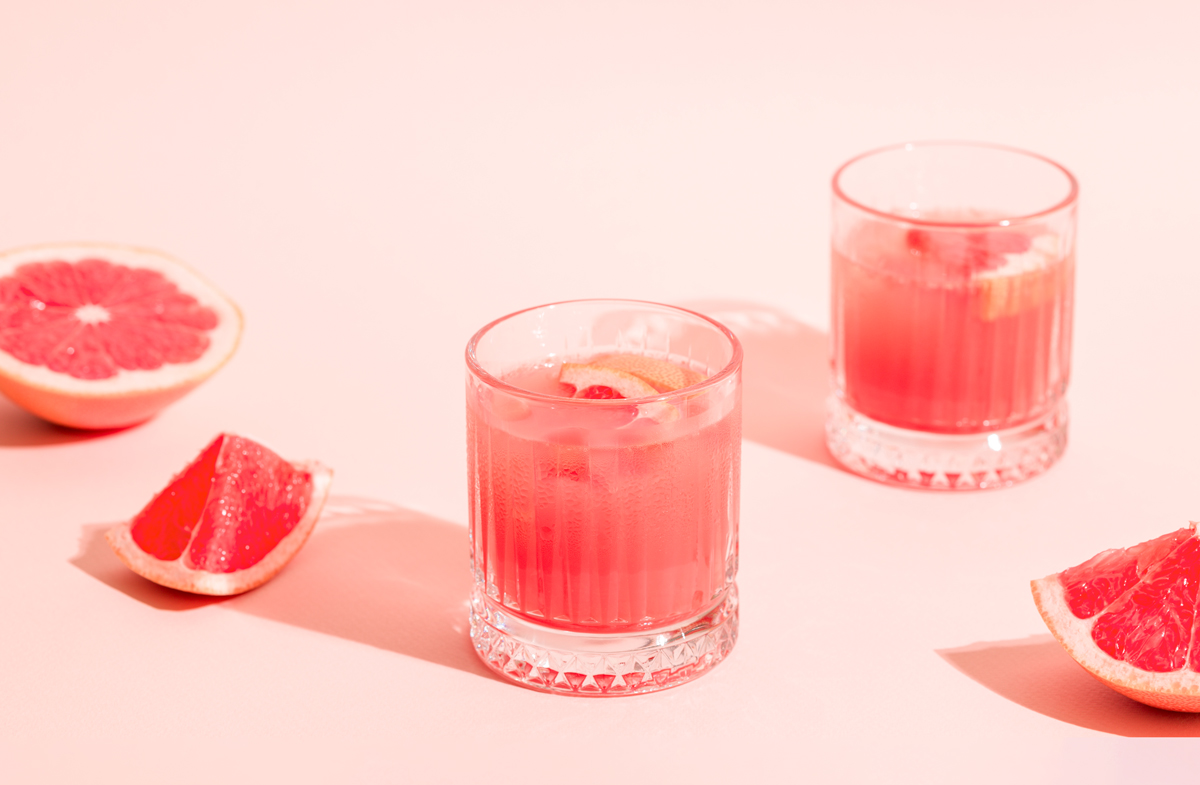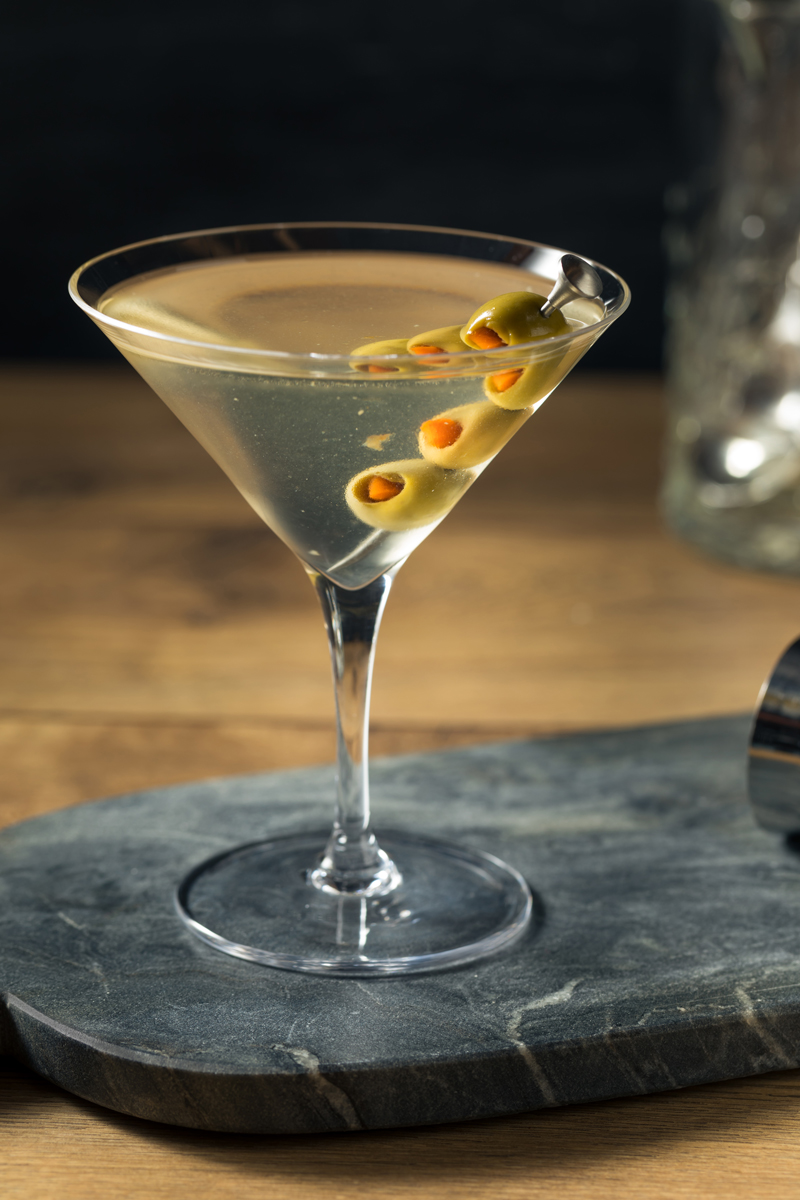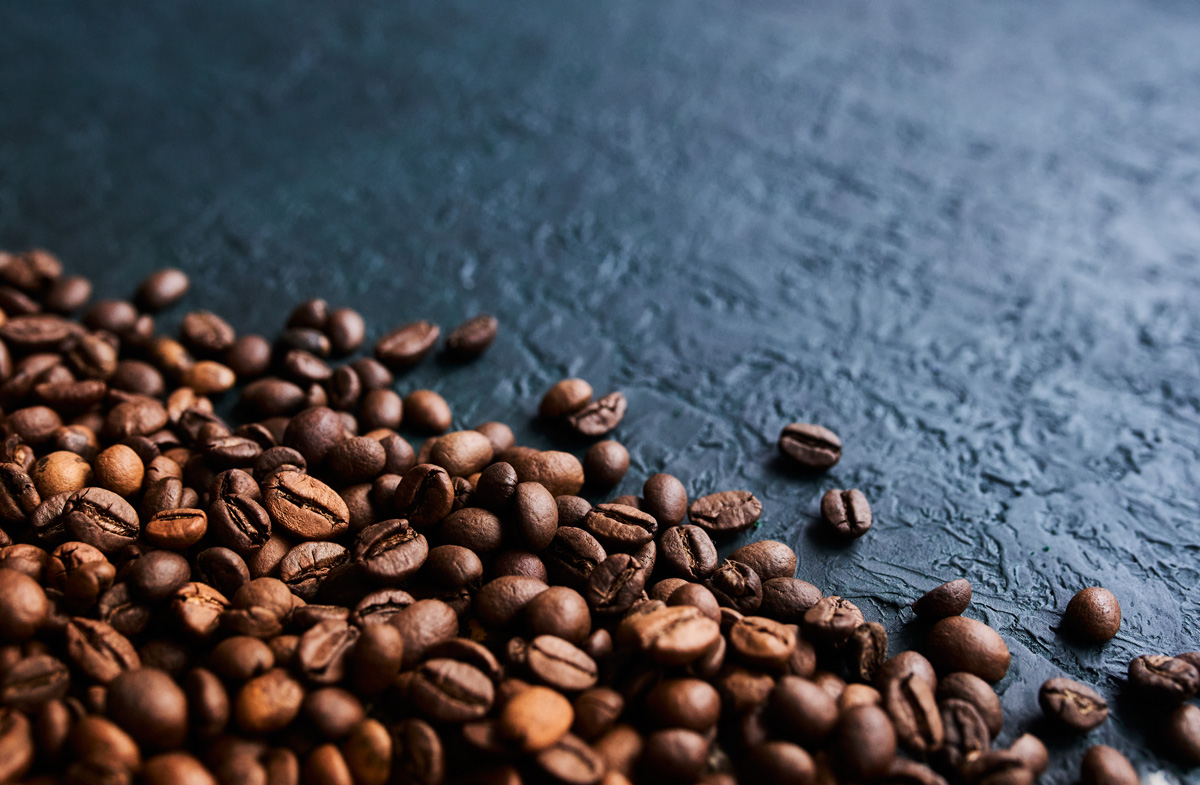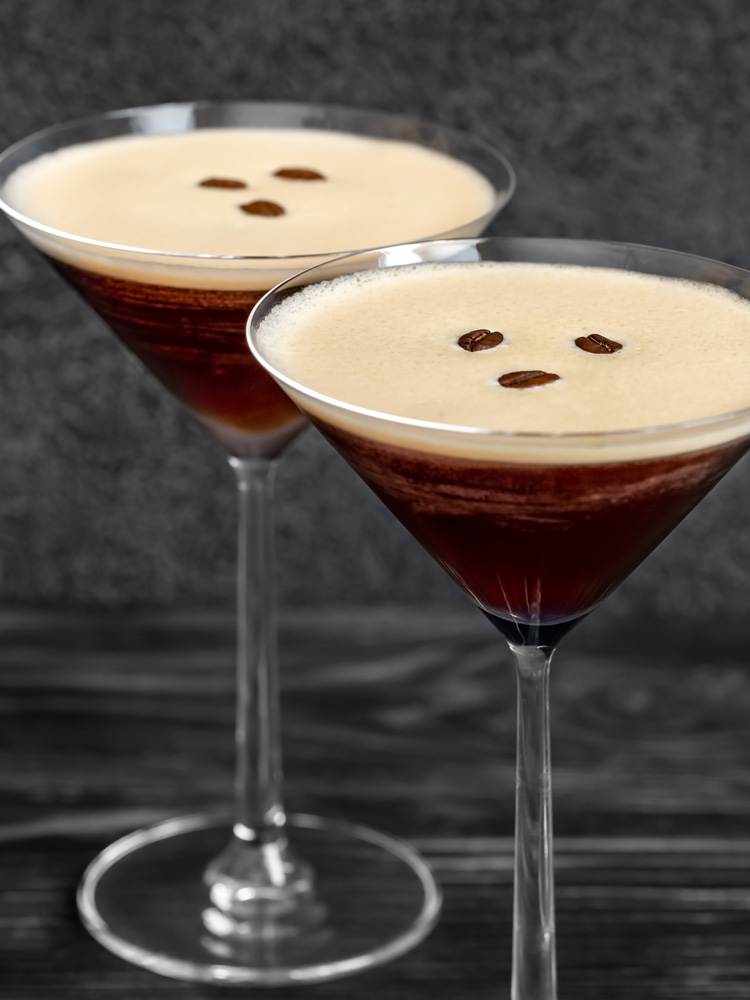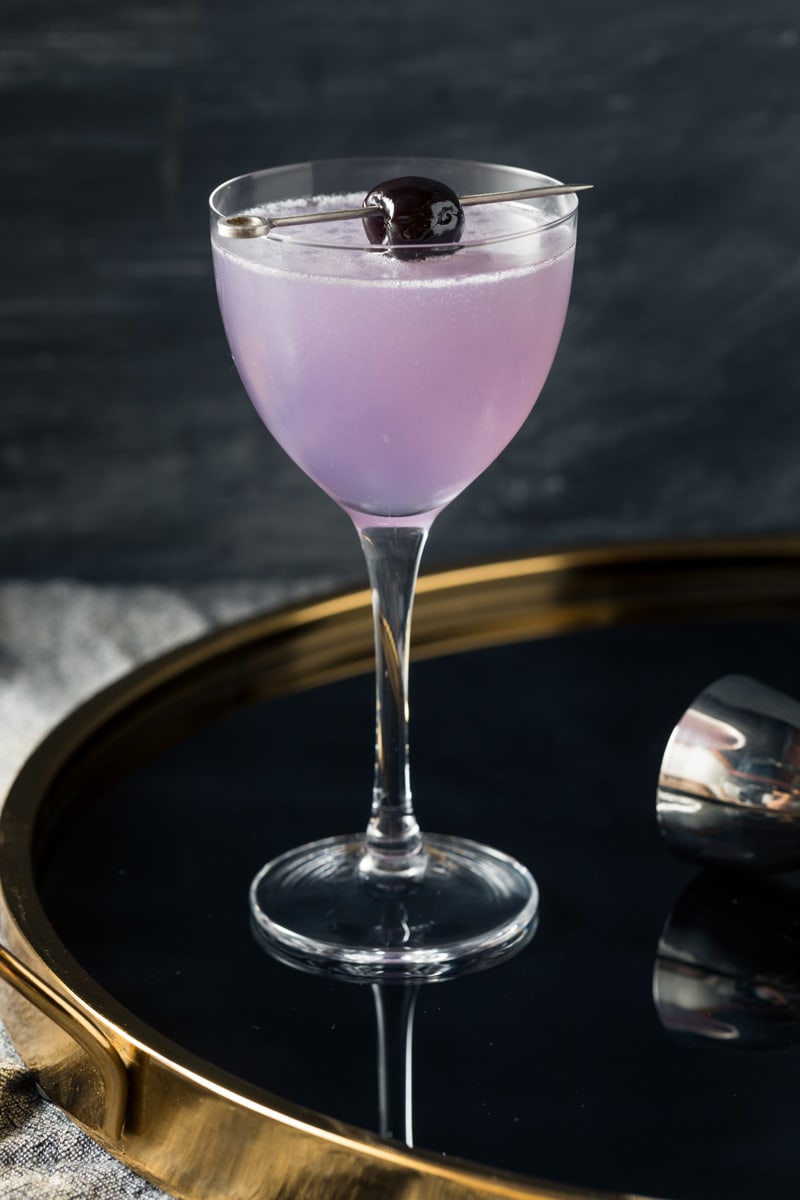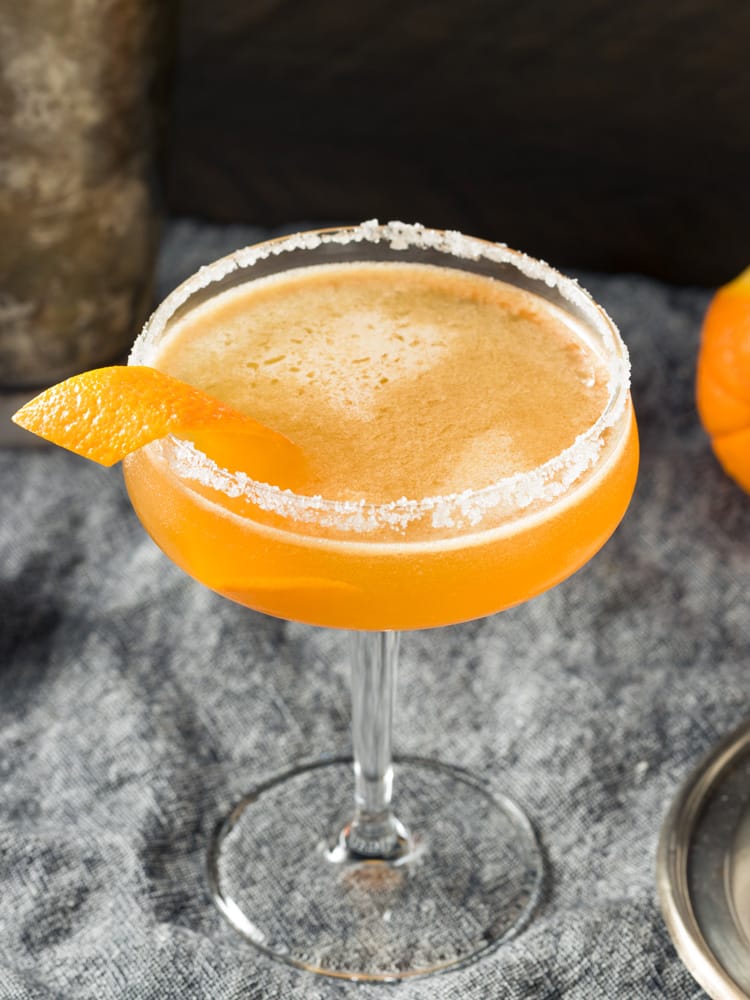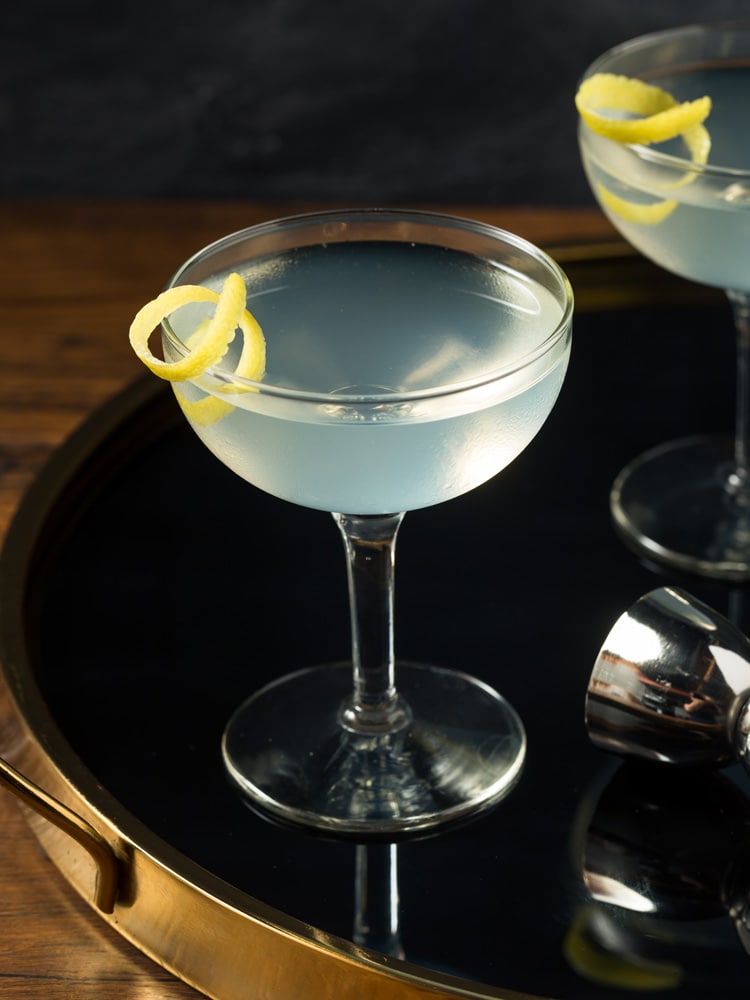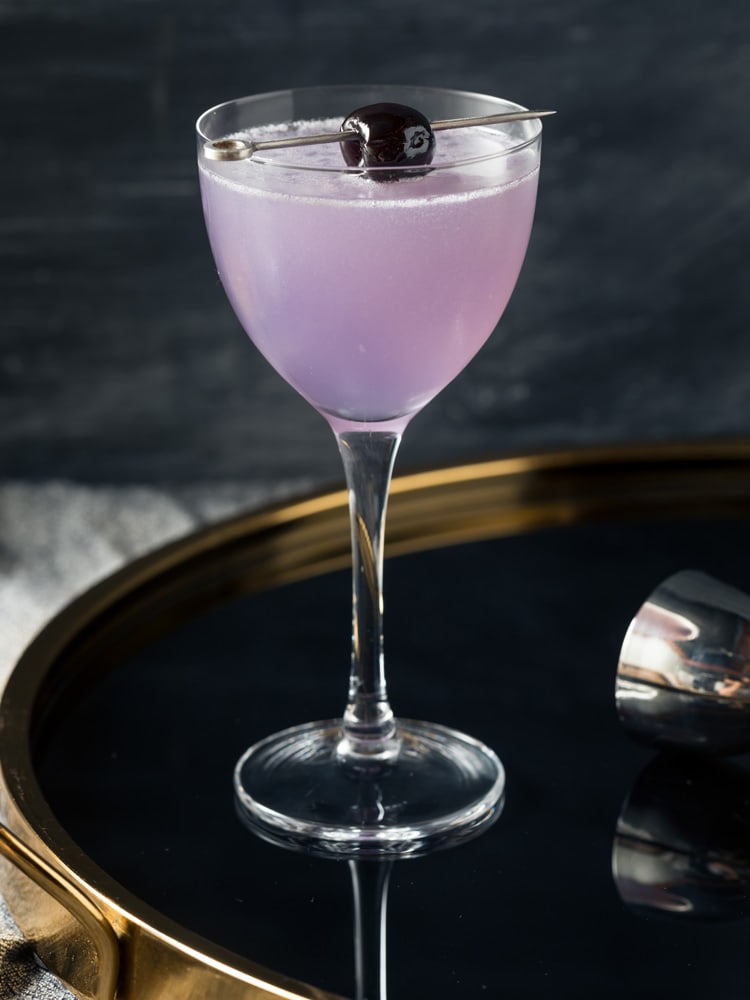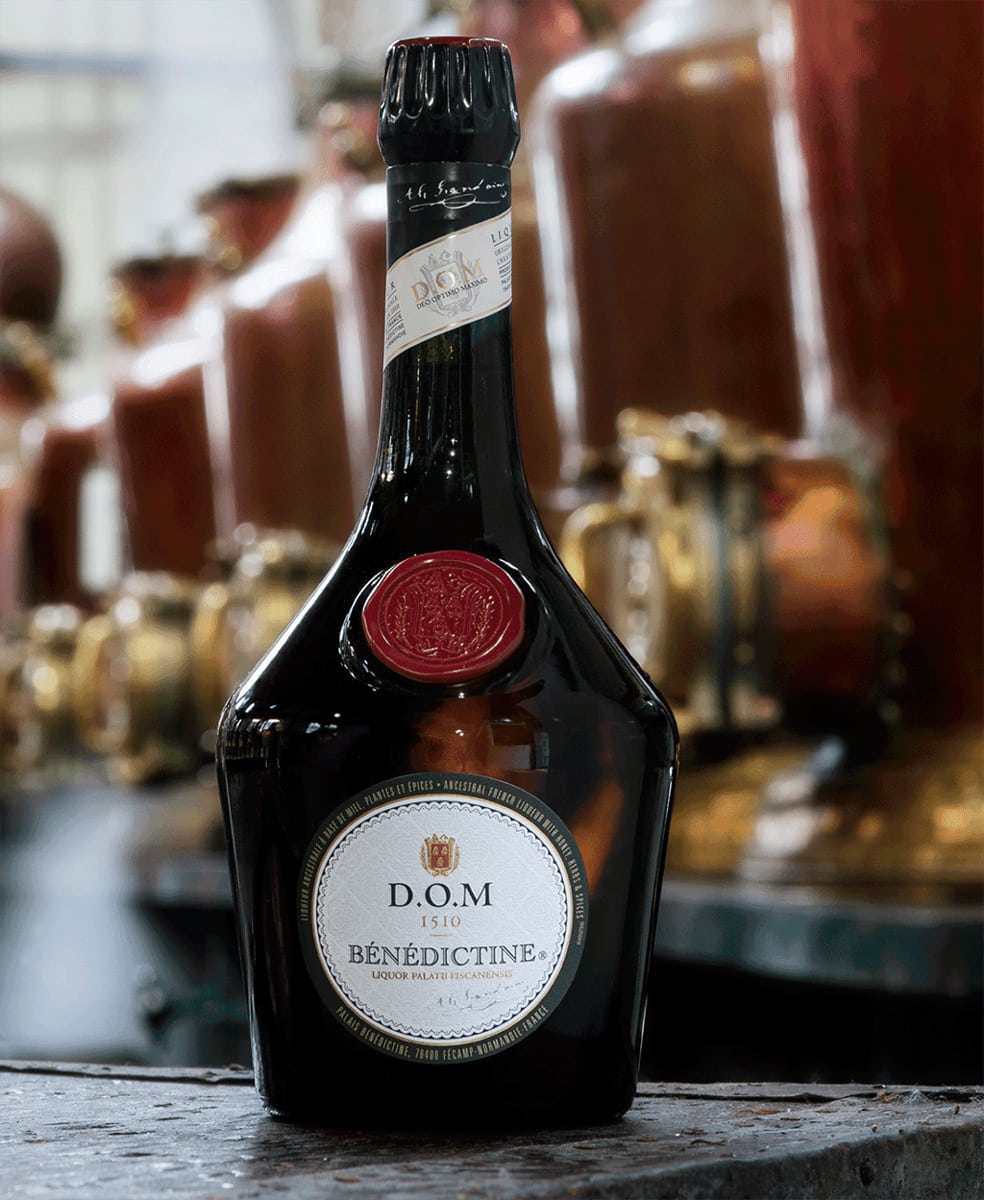And then we try these other city cocktails
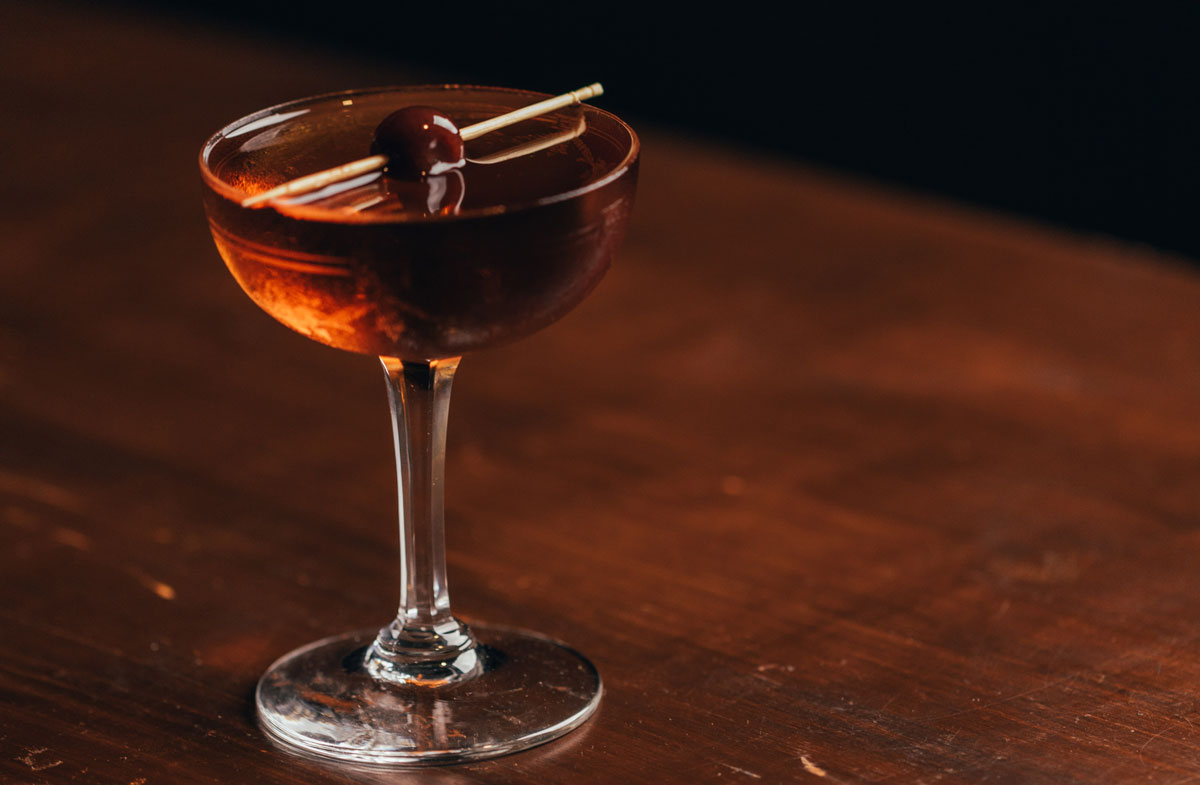
Like its namesake city, the Manhattan is elegant but uncompromising and invulnerable to fashion’s changing whims. Oh, sure, it can bend a little—rocks or up, bourbon or rye, occasionally willing to entertain a variation like the scotch-inflected Rob Roy—but it will always be what it is: a drink of whisky, vermouth and bitters.
It’s been that way since the 1880s, when it was invented. Or maybe it was the 1870s or 1860s. In any case, writing in Difford’s Guide, Simon Difford notes that “the Manhattan is regarded as the first ‘modern cocktail.’” Or as the late bartending legend Gary “Gaz” Regan once said, “It was the drink that changed the face of cocktails.”

